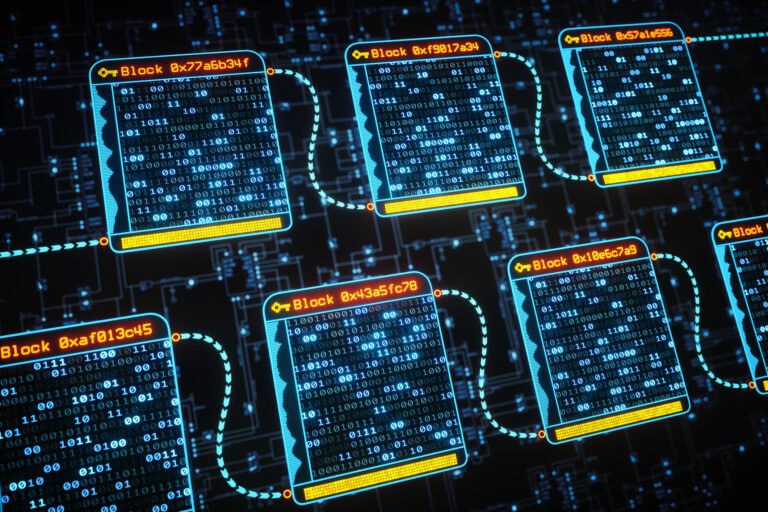Blockchain is seen as a catalyst of innovation in today’s world of digital infrastructure and social media platforms. Its technology promises to give control of data back to the people through its decentralised manner of operation, and the greater transparency and inclusiveness this yields. Does blockchain lead to a reorganisation of power? Using a combination of computer science, law and political science, ERC grantee Primavera de Filippi looks at the governance of blockchain systems and the ‘invisible powers’ at play.
Why is blockchain often described as a ‘trustless’ technology?
Blockchain technology was originally created to enable bitcoin operations, so mostly for cryptocurrencies. Over time, new blockchains emerged that have a more general purpose. The specificity of this technology is that it enables to create transactions between individuals with particular technological guarantees. The network relies on cryptography to verify that transactions are correct. As opposed to a traditional system with a centralised operator such as a bank, all transactions take place via a protocol. There is a degree of transparency: no one can violate the use of the protocol because the network will simply reject the transaction. Also, information recorded on blockchain can never be removed or modified. Those features combined create what we call a “trust-less” system. As long as one trusts the technology, and the network operates as it should be, then one can interact. However, the extent to which one can trust the technology depends on its governance.
Through participant observation and ‘cultural immersion’, you aim to reveal ‘invisible powers’. What do you mean by that?
When I talk about invisible powers, it is about understanding the particular governance structure, which is technically designed to operate in a particular way. However, at the practical level, it operates in very different ways. On-chain governance is a codified version of whatever has been enshrined in the protocol. Then, there is off-chain governance, which encompasses all the influence and decisions that are taken outside of the blockchain protocol. Oftentimes, these are much more relevant and yet, they are invisible because they are not traceable.
What is recorded in the blockchain is only a small subset of what happens. Many things happen outside that are relevant for shaping its governance. Who are the actors that trade and own tokens? Who develops the code?How are decisions taken about the protocol? Who influences public opinion on social media? It requires ethnographic studies and participant observation to reveal this.




